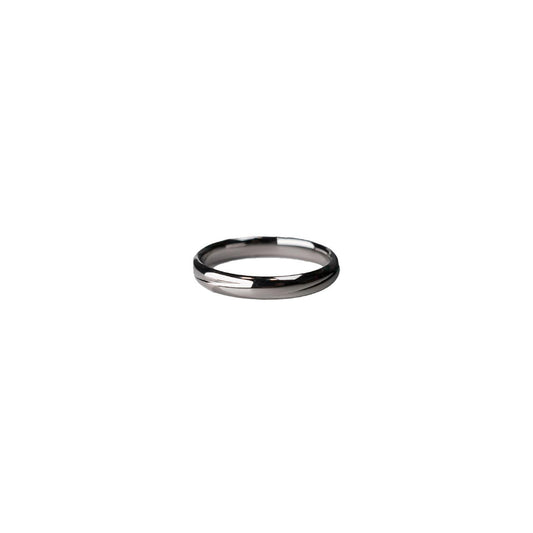The Allure of Lab-Created Marquise Diamonds
The Allure of Lab-Created Marquise Diamonds
I remember my first encounter with a marquise diamond while antiquing with my grandmother. She had an eye for the unique and the peculiar, and the marquise cut was both. Its elongated shape, almost like the hull of a little boat, caught the light in a way that felt distinctly old-world, yet undeniably striking. It turns out she was ahead of her time—this cut has made a remarkable comeback, thanks primarily to the rise of lab-created options that make it more accessible and sustainable.
With its origins in the 18th century, the marquise cut was commissioned by King Louis XV of France to resemble the lips of his mistress, Jeanne Antoinette Poisson, better known as Madame de Pompadour. This tale adds a certain je ne sais quoi to the gem's allure. These days, however, the story is less about royal intrigues and more about environmental consciousness. Lab-created diamonds have entered the scene in a big way, offering an ethical alternative to traditional diamond mining, which has been plagued by controversy and complicity in environmental degradation.
The process of creating diamonds in a lab mirrors the natural way diamonds form—carbon is subjected to extreme heat and pressure, but in this case, it's all under the watchful eye of a scientist in a white coat rather than deep within the Earth. This method not only bypasses many ethical concerns but can also cut the cost dramatically. Suddenly, a diamond shape previously relegated to royalty or the upper-echelon is available to people like me who appreciate both style and sustainability.
I must confess, there was a time I was a bit skeptical about lab-created diamonds. Could they truly match the brilliance and fire of natural ones? After all, aren’t diamonds supposed to be rare and precious? But the more I dug into the subject, the more I realized how outdated that notion has become. Lab-created diamonds are chemically identical to their mined counterparts. Their beauty lies not just in their sparkle but also in the transparency of their origins. It’s like getting the cake and eating it too—a luxury piece that doesn’t weigh on your conscience.
Culturally, there's a growing shift towards embracing lab-grown gems, which is transformative in how we perceive value. My youngest niece, just starting to acquire her taste for jewelry, sees these diamonds as nothing less than symbols of innovation and progress. For her, and maybe for many of her generation, it’s not about diamonds being forever, as the old saying goes, but about them being forward-looking and socially responsible.
Embracing a lab-created marquise diamond feels much like stepping into a piece of history with a thoroughly modern twist. It’s a nod to past elegance combined with a thoughtful eye on the future. And if that path leads to a dazzling marquise diamond adorning my hand, well, let’s just say it’s a nod worth taking.

























